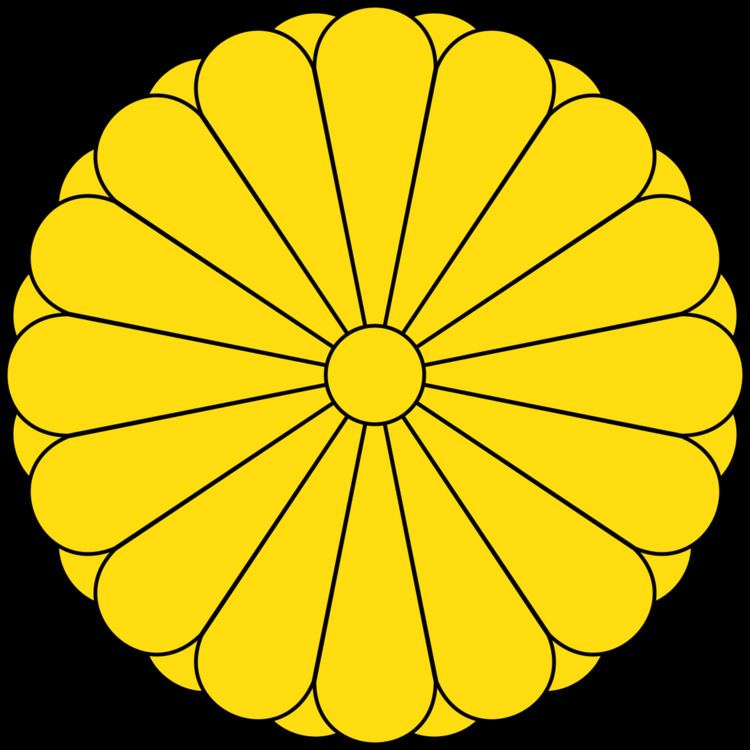Chancellor / Chief Minister Daijō-daijin Minister of the Right Udaijin Major Counselor Dainagon | Minister of the Left Sadaijin Minister of the Center Naidaijin Middle Counselor Chūnagon | |
 | ||
The Ministry of Justice (刑部省, Gyōbu-shō) (lit. the department of penal affairs) was a division of the eighth century Japanese government of the Imperial Court in Kyoto, instituted in the Asuka period and formalized during the Heian period. The Ministry was replaced in the Meiji period.
Contents
Overview
The nature of the ministry was modified in response to changing times. The ambit of the Gyōbu-shō activities encompassed, for example:
History
The duties, responsibilities and focus of the ministry evolved over time. The ritsuryō system of laws were interpreted and applied by bureaucracies which distinguished punishment (gyōbushō) and censorship (danjodai). These were merged in 1871 when the Ministry of Justice (司法省, shihōshō) was established under the Constitution of the Empire of Japan.
Hierarchy
The Ministry of Justice brought together a judiciary and penal system management.
The top ritsuryō officials within this ministry structure were:
